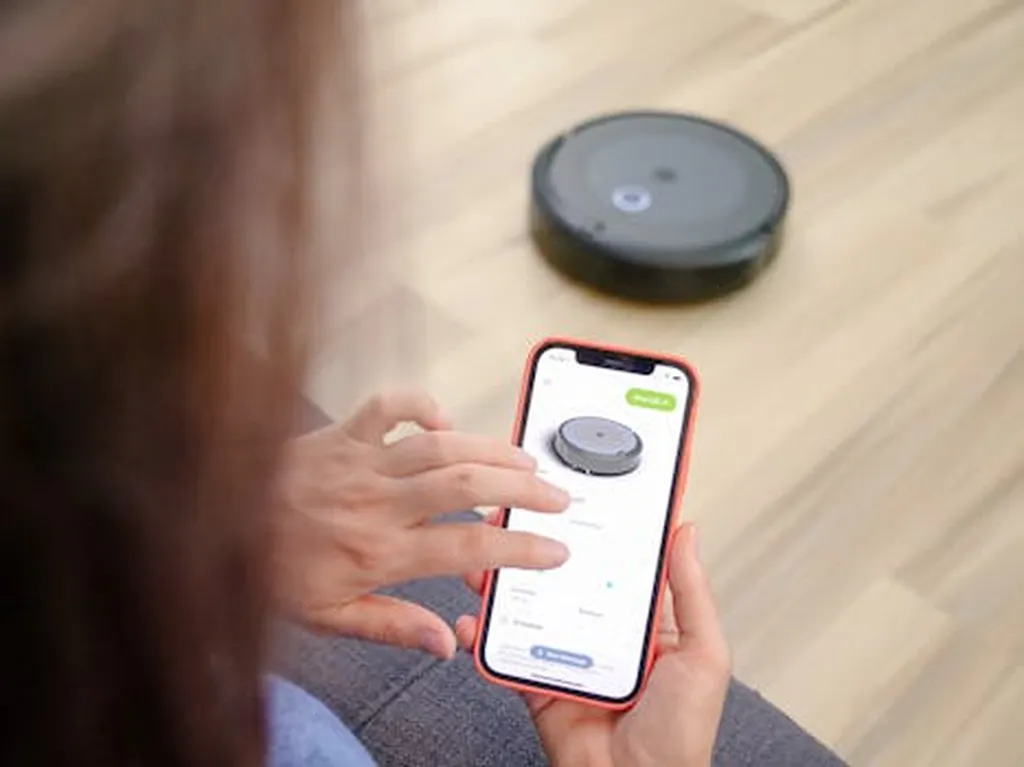Researchers from the Italian Institute of Technology (IIT) and the National Research Council of Italy (CNR) have developed a novel approach to shared autonomy in maritime robotics, with promising applications for ship hull inspections. The team, led by Cristiano Caissutti and Estelle Gerbier, combines Large Language Models (LLMs), human-in-the-loop interaction frameworks, and modular mission management to create a more intuitive, adaptable, and transparent system for human-robot collaboration in the maritime domain.
The researchers’ work addresses the complex, high-risk, and uncertain nature of maritime environments, where effective human-robot collaboration is crucial. They integrate LLMs to facilitate intuitive high-level task specification, enabling operators to communicate with robotic systems using natural language. This approach supports hull inspection missions by allowing operators to describe tasks in plain language, which the system then translates into actionable commands for the robots.
In addition to LLMs, the team implements human-in-the-loop interaction frameworks in multi-agent settings. These frameworks enable adaptive and intent-aware coordination between humans and robots, ensuring that the robotic systems can understand and respond to human intent in real-time. This is particularly important in dynamic and unpredictable environments, such as those encountered during ship hull inspections.
The researchers also develop a modular Mission Manager based on Behavior Trees. This component provides interpretable and flexible mission control, allowing operators to monitor and adjust the robots’ behavior as needed. The Behavior Trees approach offers a clear, visual representation of the mission’s progress, enhancing transparency and reducing operator cognitive load.
Preliminary results from simulations and real-world lake-like environments demonstrate the potential of this multi-layered architecture. The system has shown promise in reducing operator cognitive load, enhancing transparency, and improving adaptive behavior alignment with human intent. Ongoing work focuses on fully integrating these components, refining coordination mechanisms, and validating the system in operational port scenarios.
The researchers’ work contributes to establishing a modular and scalable foundation for trustworthy, human-collaborative autonomy in safety-critical maritime robotics applications. This approach has significant implications for the maritime industry, particularly in areas such as ship maintenance, inspection, and repair, where human-robot collaboration can improve safety, efficiency, and accuracy.
As the maritime industry continues to embrace digital transformation and automation, the development of robust, intuitive, and adaptable human-robot collaboration systems will be crucial. The work of Caissutti, Gerbier, and their colleagues represents a significant step forward in this direction, offering a promising path toward more effective and efficient maritime operations. Read the original research paper here.

